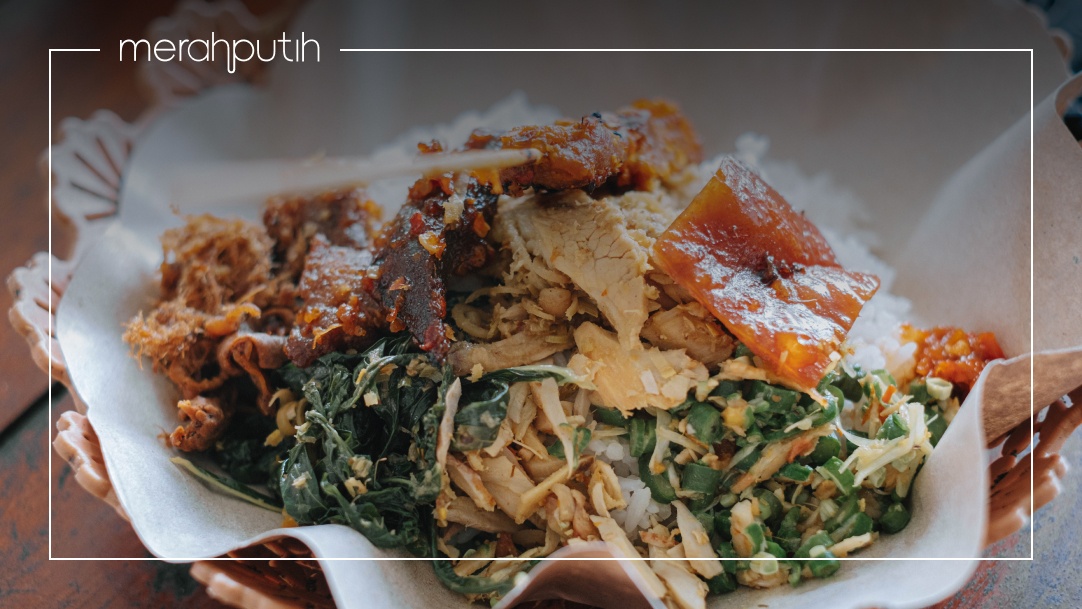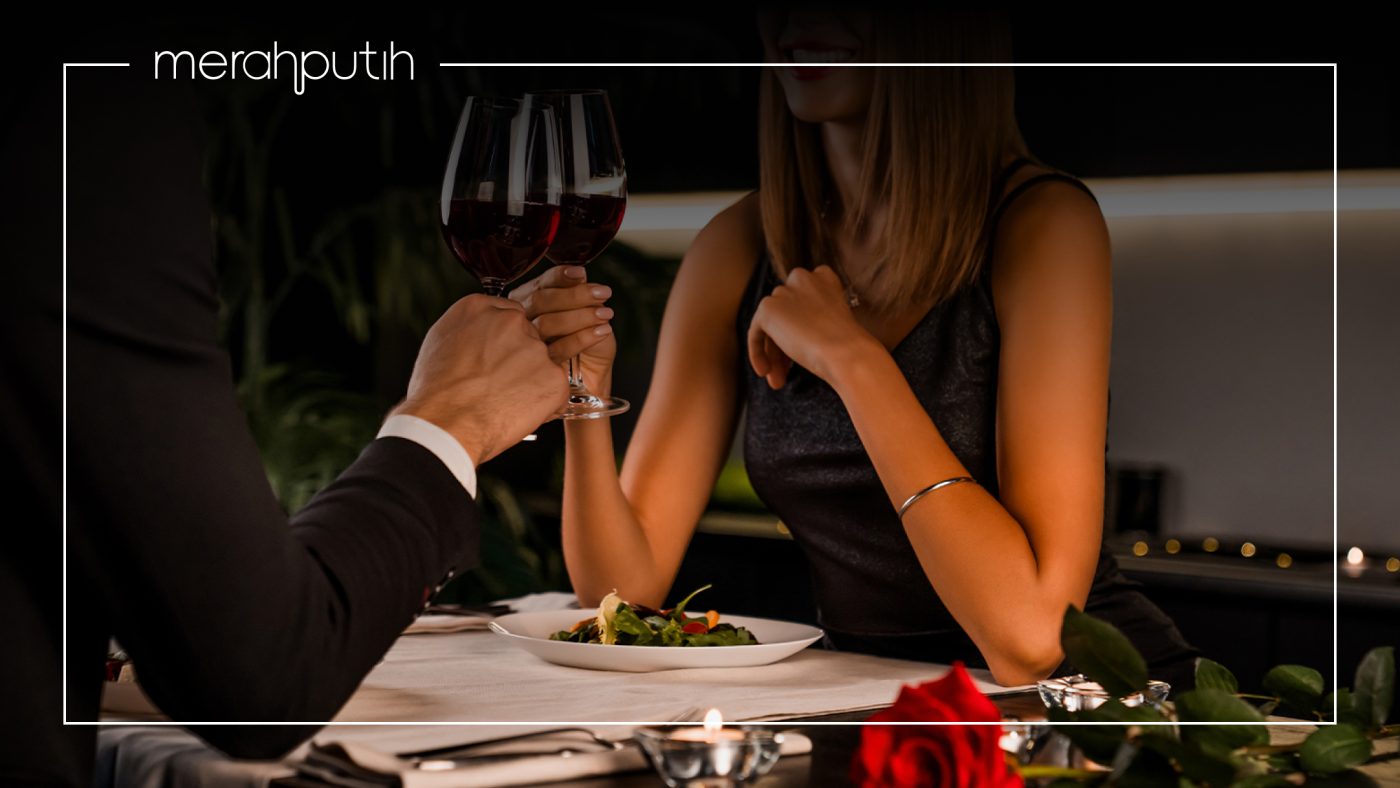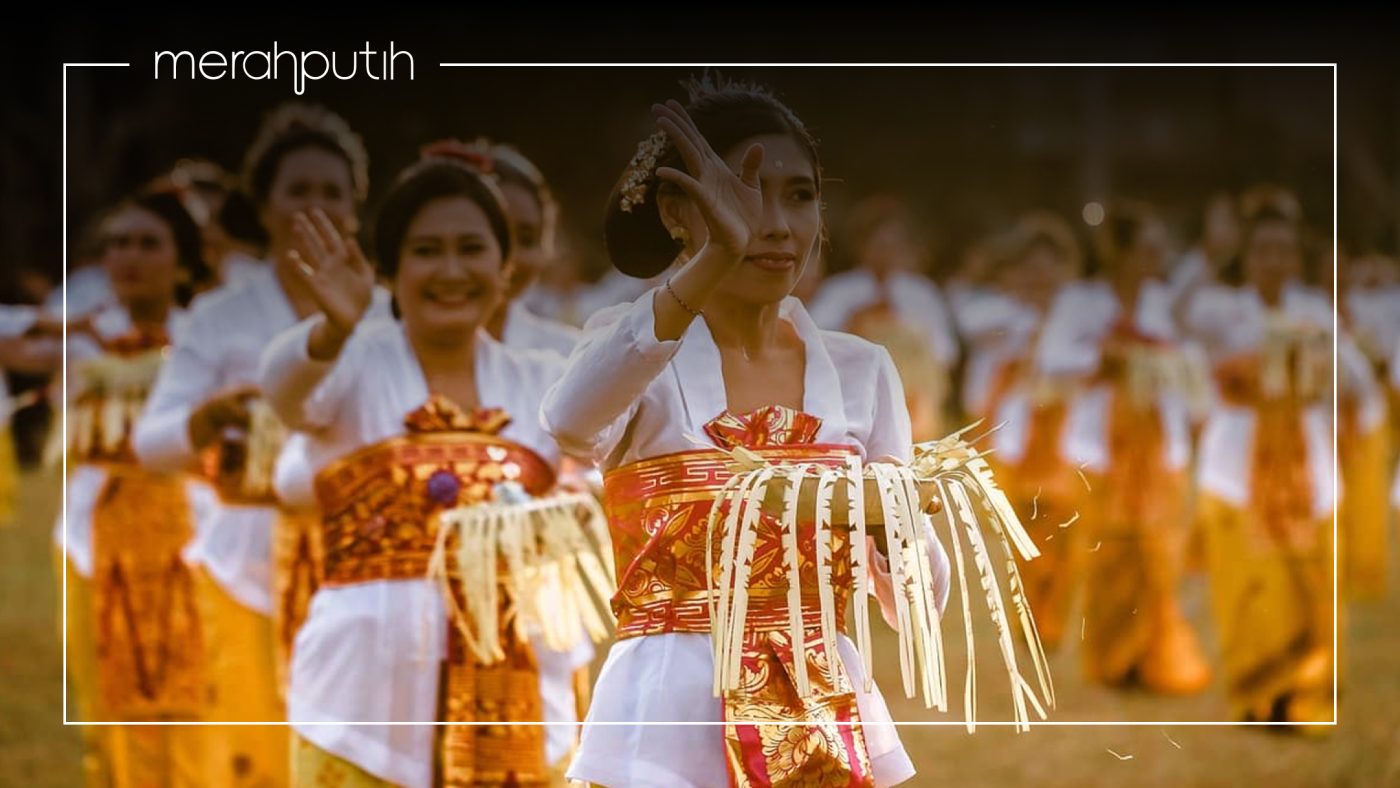Balinese cuisine features plenty of vegetable dishes that highlight the diversity of local ingredients and the longevity of traditional recipes. One of the most common is lawar, which can be found in most Balinese nasi campur. Not only does this vegetable dish complete a plate, it also holds religious and cultural significance. All the elements come together to represent deeper meanings and beliefs in Balinese Hinduism.
What is lawar made of?
Lawar is a Balinese vegetable dish that commonly consists of a mixture of minced meat, vegetables, and grated coconut, tossed in the age-old local spice mix base genep.
Since this recipe has been passed down through generations, there is no set rule on what ingredients go in the dish. The meat used can vary from pork, chicken, or duck. Vegetarian and vegan variations often swap these out for jackfruit. Meanwhile, the vegetables include long beans and starfruit leaves, among many other possible options.
More traditional versions of this dish may include animal blood, an addition that may be off-putting at first but actually enhances the overall flavour.
Different types of lawar
Lawar is classified according to either the ingredients used or its colour.
By ingredient, there are lawar babi (pork), lawar ayam (chicken) and lawar nangka (jackfruit). By colour, there are lawar merah (red lawar that contains blood) and lawar putih (does not contain blood).
A combination of these variations is called lawar padamare.
The philosophy of Bali’s most popular vegetable dish
Lawar is not merely a daily meal; it’s often present in religious ceremonies and communal gatherings, cementing itself as a staple part of Balinese tradition.
The ingredients in this dish and their respective colours symbolise the four cardinal directions and their corresponding Hindu deities:
- White grated coconut represents the goddess Iswara in the east
- Red blood symbolises the god Brahma in the south
- Yellow base genep spice blend represents Mahadewa in the west
- Black shrimp paste symbolises Vishnu in the north.
Each of these elements bring their own individual flavours to lawar, from sweet and spicy to salty, bitter, and slightly sour. Together, they reflect the underlying Balinese philosophy of Tri Hita Karana, a balance and harmony between man and nature, the divine, and each other.
Many also believe that the blend of flavours is a metaphor for how religious and social leaders unite diverse individuals to create harmony in the community.
Lawar in religious rituals and Balinese community
While lawar putih is more commonly used in religious rituals because it is considered to be pure, lawar merah is often offered to guardian spirits when asking for protection.
During the Balinese Hindu holidays of Galungan and Kuningan, women would prepare lawar together in a tradition called ngelawar. This food is offered up as a symbol of gratitude to the gods for the bounty of nature.
The communal nature of this traditionreflects the Balinese spirit of gotong royong, a mutual collaboration for the benefit of the community, reinforcing social bonds.
At Merah Putih restaurant, get a taste of rich Balinese cuisine in a luxurious space at the heart of Petitenget. Book a tablewith exclusive gift voucherstoday.
FAQ
Lawar is a Balinese vegetable dish that commonly consists of a mixture of minced meat, vegetables, and grated coconut, tossed in the age-old local spice mix base genep.
The meat used in lawar can vary from pork, chicken, or duck. Vegetarian and vegan variations often swap these out for jackfruit.
More traditional versions of this dish may include animal blood, an addition that may be off-putting at first but actually enhances the overall flavour.



